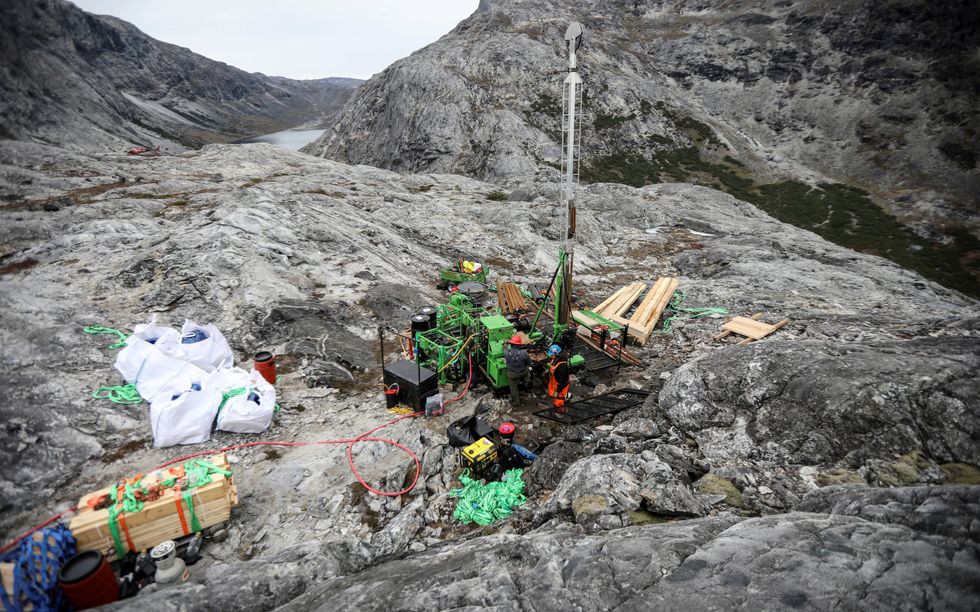Now Reading: Can Geopolitics Tap Into Greenland’s Vital Mineral Reserves?
-
01
Can Geopolitics Tap Into Greenland’s Vital Mineral Reserves?
Can Geopolitics Tap Into Greenland’s Vital Mineral Reserves?

Quick Summary
- Greenland possesses important mineral resources,with 10 major rare earth deposits,but mining activities are limited due to harsh climate,infrastructure challenges,and bureaucratic hurdles.
- China dominates the global supply of processed rare earths (90%), creating vulnerabilities for developed economies like the U.S. following Chinese export restrictions in April 2025.
- The U.S. has expressed interest in GreenlandS rare earths, but historically American companies have had minimal involvement in Greenland’s mineral exploration or exploitation.
- Key deposits include Kvanefjeld and kringlerne:
– Kvanefjeld: High concentrations of uranium and thorium have led to regulatory bans on mining; ongoing legal disputes between the Australian investors and Greenlandic/Danish governments.- Kringlerne: Rare earth concentration is low (0.38%), increasing operational costs; partial corporate ownership taken by a NASDAQ-listed company without full resource documentation.
- Mining costs are elevated due to low ore grades compared to triumphant operations globally (e.g., Australia and the U.S.).
- Geopolitical tensions are intensifying as Greenland courts Chinese investment amid its aspirations for economic independence from Denmark-a move viewed as challenging Denmark-E.U.-U.S. relations.
- denmark may face pressure to counteract Chinese influence by supporting mining advancement through infrastructure investments.
Indian Opinion Analysis
Greenland’s critical mineral reserves could reshape global supply chains dominated by China if effectively leveraged. Though,regulatory changes,low ore grades,unpredictable political risks like lawsuits over uranium content bans at Kvanefjeld,and complex licensing systems hamper progress toward commercial extraction.
For India-a country heavily dependent on imports for rare-earth elements-the developments in resource-rich regions such as Greenland hold indirect significance. Diversification away from China’s monopoly aligns with India’s strategic intents under its Make in India program aimed at reducing external reliance on key manufacturing inputs like electronics components.
India shoudl closely monitor these geopolitical dynamics while engaging multilaterally with nations seeking stable alternatives like Australia or exploring greater collaborations within frameworks such as QUAD partnerships targeting critical minerals security.
while long-term implications depend upon resolution of political disputes within Greenland or clear participation incentives offered to investors outside China’s orbit-India might consider strengthening ties with infrastructure partners aiding these emerging hubs globally before securing balanced access terms itself further downstream industries tech-oriented dependency sustainabilities foresight focus future Read More link: Spectrum.ieee.org
























